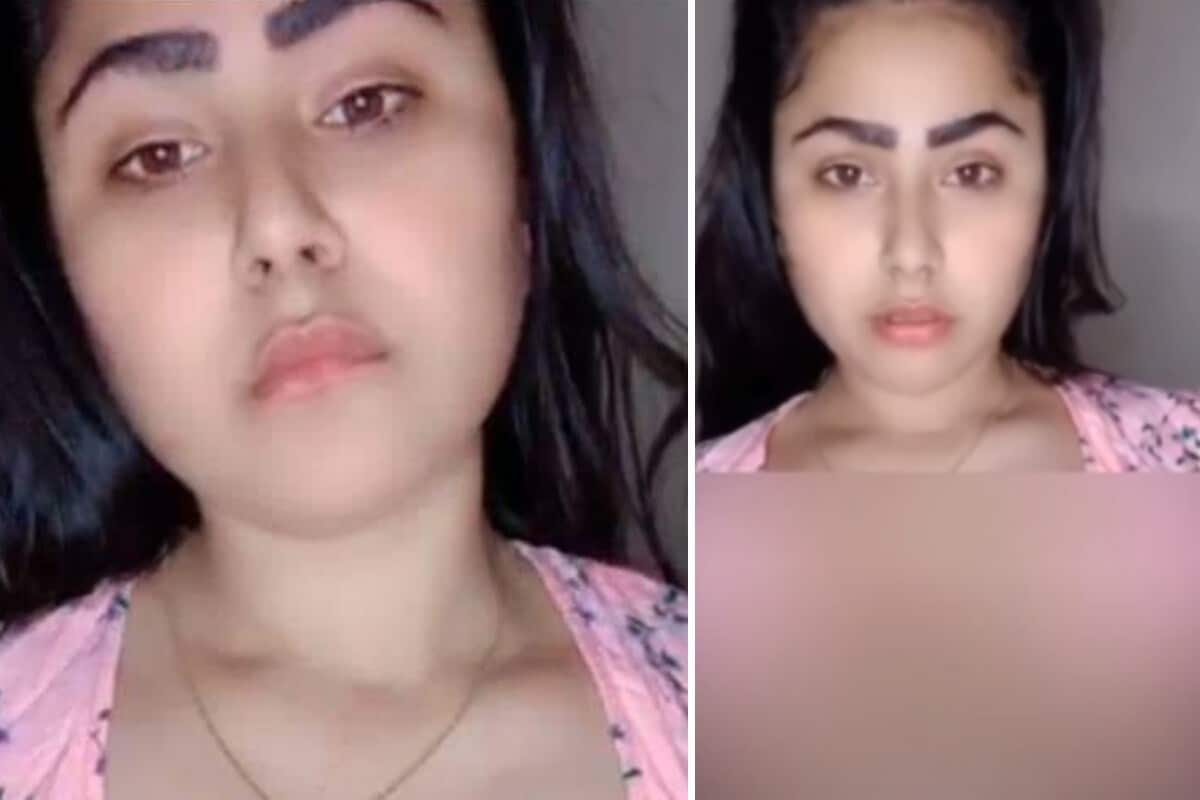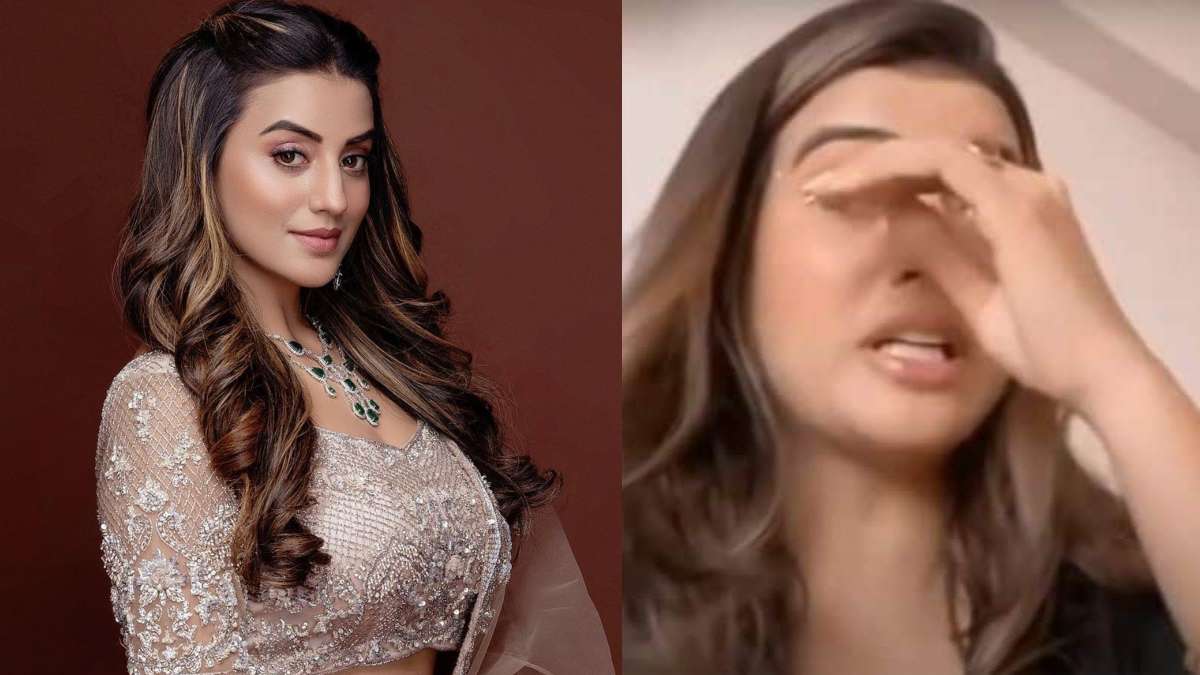Viral MMS Scandals In India: Latest News & Updates
Can a single video truly encapsulate the zeitgeist of a nation, sparking both outrage and fascination? The proliferation of "viral MMS" in India underscores a disturbing trend of privacy violations and the complex interplay of technology, social media, and cultural norms.
These viral multimedia messages, often in the form of videos or images, have become a pervasive phenomenon, shared extensively across platforms like WhatsApp, YouTube, and various social media networks. They reflect a wide spectrum of human experiences, from creative endeavors and humorous moments to highly sensitive and personal content. However, the rapid dissemination of these clips, frequently without the consent of the individuals involved, raises serious ethical and legal concerns. The very nature of their viralitytheir ability to spread like wildfirecan lead to devastating consequences for those whose privacy is breached.
In the ever-evolving digital landscape, the term "viral MMS" has become synonymous with controversy and the potential for significant harm. The accessibility of mobile technology and the widespread use of affordable internet access in the early 2000s played a crucial role in the rise of this phenomenon. As mobile phones became ubiquitous, so did the means to capture and share multimedia content, making the spread of private videos and images easier than ever before. This has led to a constant struggle to protect individuals from the detrimental effects of such leaks.
The year 2024 has already witnessed a surge in these types of scandals. High-profile cases involving influencers and celebrities have dominated headlines, sparking public debate and calls for greater accountability. The recent events at Chandigarh University serve as a stark reminder of the very real and devastating impact of such leaks. A student was arrested in Mohali, Punjab, following a massive protest and outrage over the alleged sharing of objectionable videos of female students. The situation worsened when legal representatives revealed the existence of multiple videos, amplifying the sense of shock and betrayal within the community.
The following table provides a summary of the major points in the Chandigarh University MMS scandal that is useful for wordpress users.
| Aspect | Details |
|---|---|
| Incident | Alleged sharing of objectionable videos of female students at Chandigarh University. |
| Location | Chandigarh University, Mohali, Punjab, India. |
| Date of Arrest | Sunday (Date not specified in the provided text, but implied to be recent). |
| Accused | A student of the university. |
| Nature of Videos | Objectionable and potentially vulgar content. |
| Number of Videos | Initially reported as one; later, the lawyer of the accused revealed two videos. |
| Public Reaction | Massive protests and outrage on the campus and social media. |
| Involvement | Alleged sharing of videos with an alleged boyfriend. |
| Legal Implications | Possible charges related to privacy violations, unauthorized sharing of content, and cybercrimes. |
| Source | NDTV |
The incident at Chandigarh University is not an isolated case. The case of Ashmit Patel and Riya Sen serves as a reminder of the long-term damage that can be caused by viral MMS leaks. Back in 2005, a video of the two actors kissing was leaked, spreading rapidly across the internet and causing significant reputational harm. While both actors denied the authenticity of the video, the incident had a lasting impact on their careers and personal lives. The controversy also brought the issues of privacy violations and the potential for individuals to suffer from such leaks to the forefront. Ashmit Patel even addressed the matter on the reality show "Bigg Boss," singing a rap about the incident, although this could not completely undo the damage caused by the video.
The impact of the leaked video on Riya Sen's career was particularly harsh, as media reports from the time suggest. The rapid spread of the clip damaged her public image and likely cost her professional opportunities. While the specifics remain debated, the incident is a clear example of how private content can become public, causing damage and impacting career trajectories.
The case involving Anjali Arora, famed for her "Kachcha Badam" fame, underscores the constant scrutiny and attention that can accompany being a social media personality. Her alleged involvement in a viral MMS has kept her in the spotlight, and she has publicly addressed the issue, though she has not accepted any involvement with the video. Such scandals demonstrate the precarious balance between public exposure and the right to privacy in the digital age.
The digital age has brought forth unforeseen challenges regarding privacy and personal information. The rapid dissemination of such content raises questions about consent, online accountability, and the role of social media platforms in regulating and removing harmful content. Social media sensation Sona Dey, for example, denied any involvement in the rumored MMS, stating that the video was a fabricated attempt to defame her. This raises the crucial question of how individuals can protect themselves from such attacks and the ease with which deepfakes can be created.
The impact of the viral mms leaks has been significant on those involved. The pressure of public attention, the potential for online abuse, and the challenges of restoring a reputation after such leaks, and the emotional toll can be extreme. Victims often face unwanted attention, and scrutiny, as well as severe emotional distress and psychological issues. It's crucial to have support systems for victims, as well as legal protections and mental health resources to mitigate the damage caused by such events.
The legal framework must adapt to combat this evolving threat. The current laws might be inadequate in protecting individuals from cyberstalking, unauthorized sharing of personal information, and revenge porn. Stricter laws, along with robust enforcement mechanisms, are essential to deter such acts and hold perpetrators accountable. Digital literacy campaigns are equally important. Educating the public about online privacy, safe online behavior, and the potential risks associated with sharing personal information is vital in preventing future incidents.
This is why the debate around viral MMS has become a national discussion, as it has sparked a discussion about privacy, consent, and the legal protection needed in the digital age. The conversation extends beyond the individuals directly affected, involving wider society. The cases of Oviya Helen, Minahil Malik, and Pragya Nagra underscore the need for a more thoughtful approach to content creation and consumption. Addressing the issue requires a multifaceted approach, including legal reforms, public education, and the implementation of ethical guidelines for social media platforms.
The responsibility for addressing this issue is shared by individuals, communities, and governments. From strengthening legal frameworks to promoting digital literacy, there are many steps we can take to combat the growing threat. The constant scrutiny and attention that comes with being in the public eye, and the potential for private moments to be exploited and shared without consent, highlight the urgency of this issue. It is time to act.
Here is a list of additional articles and content that discuss various aspects of the Indian viral MMS issue to broaden your understanding.
| Article/Content Title | Description | Source |
|---|---|---|
| "20 Viral Indian Videos That Took the Internet by Storm" | A list of trending Indian videos, highlighting their cultural impact. | Based on the provided text. |
| "Viral MMS Latest Breaking News" | News updates, pictures, videos, and special reports on viral MMS scandals. | From The Economic Times |
| "Biggest Viral MMS Leak Scandals of 2024" | A compilation of the most prominent viral MMS leaks. | Based on the provided text. |


